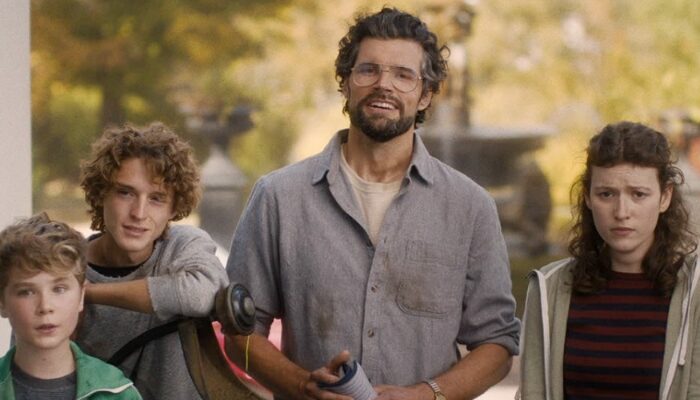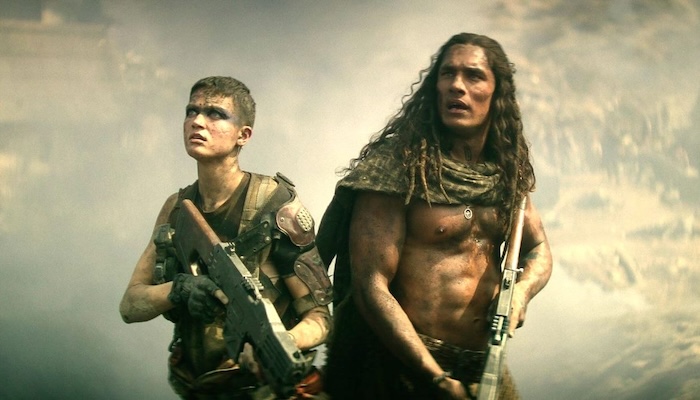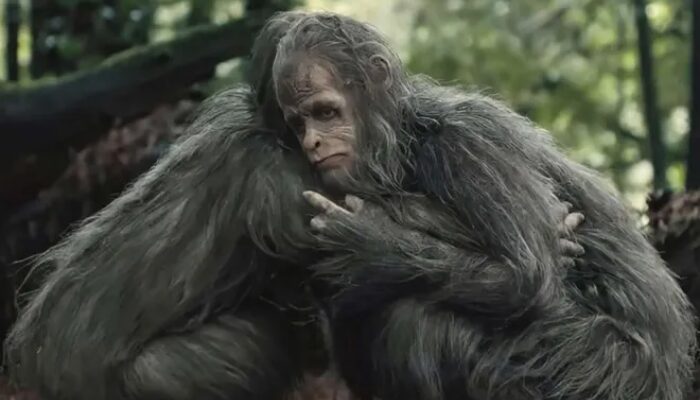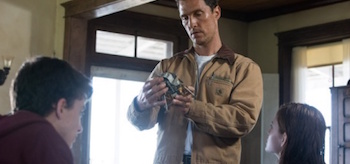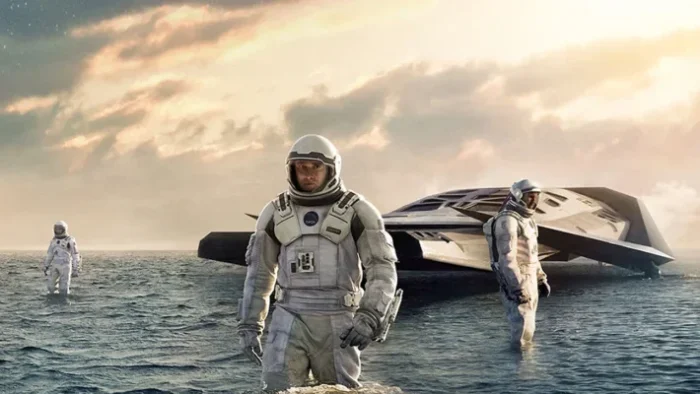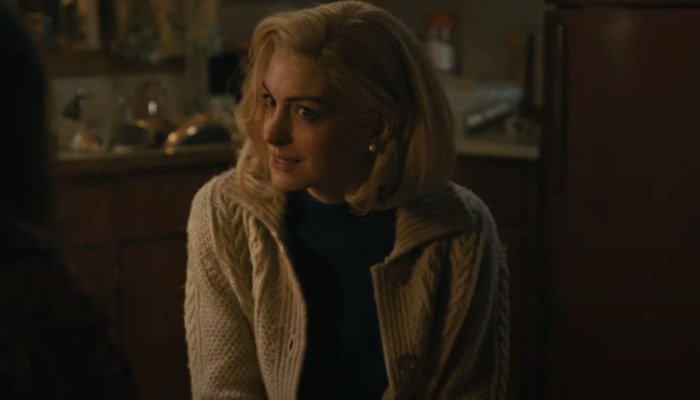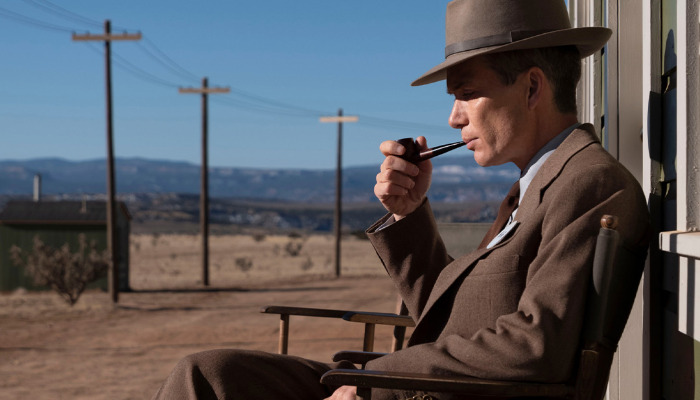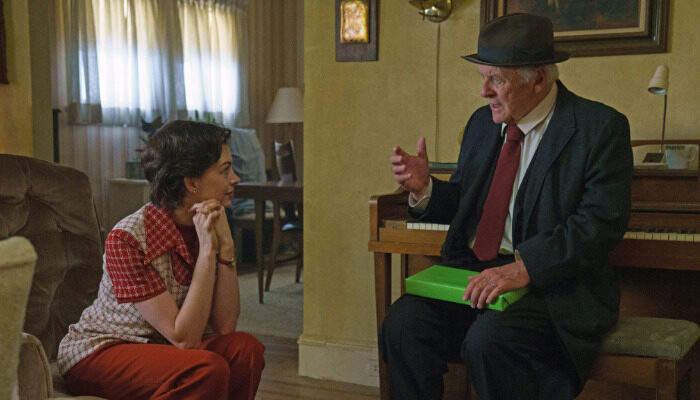Film Review: INTERSTELLAR (2014): Epic, Breath-taking Adventure, Flawed Resolution
Interstellar (2014) Film Review, a movie directed by Christopher Nolan, starring Matthew McConaughey, Jessica Chastain, Anne Hathaway, Wes Bentley, Casey Affleck, Michael Caine, Topher Grace, Mackenzie Foy, John Lithgow, Ellen Burstyn, David Oyelowo, Bill Irwin, Elyes Gabel, Timothée Chalamet, and David Gyasi.
The most ambitious and challenging movie since Inception but not nearly as fun or as satisfying. The first two acts of Interstellar were solid entertainment, giving the viewer what they wanted and hoped for (and sometimes far more). Then the film went outside of the box, outside of itself from a film about humanity’s salvation and that last, desperate mission, to something that took a leap of faith, a stretch regarding the concept of love, and an extraordinary jump from the physical to the existential.
It was not a successful narrative leap.
The reason for this is that the strength of what proceeded the third act’s “book shelf” moment would have been served better by a tangible resolution (in part realized e.g. Biologist Amelia Brand [Anne Hathaway] and Edmund’s Planet), not one that could be termed as “experimental.”
Whether it was done to fuse a happy ending onto the film or to use it as a cheat to get a-to-b and back again, it only served to make the viewer want to watch the film’s first two acts all over again, re-writing the third act in their minds to better suit the film.
The “book shelf” moment was a refugee from a Stanley Kubrick film that was never created but could have existed. It was injected into the film with other harbinger “book shelf” moments in an attempt to meld it into the narrative. This was successful but it skewed the narrative away from hitting the mark. In Kubrick’s films, the existential or the “out there” ideas walked hand-in-hand with everything else going on in the film. Nolan successfully built a film that didn’t need that type of element but adopted one anyway.
Dr. Mann’s segment of the film and the actor portraying him was a surprise to say the least, a well-calculated and executed plan. In no propaganda for this film was this actor shown. If only more films guarded there secrets to this degree. His segment added a new dimension to the film but his plan for Cooper was telegraphed the more he spoke and the farther the two of them walked. The viewer has seen this lead up before just never in a locale like in Interstellar.
Watching the spinning docking sequence of the Ranger spacecraft to the Endurance was breathless, nailing-biting entertainment, the viewer rooting for the astronauts as they may have for Katniss Everdeen during arena sequences in The Hunger Games. It was a great, multi-tier scene à la Wolverine’s nightmare in X-Men: Days of Future Past, the camera cutting back and forth between different aspects and visual perspectives of the scene. The use of the robots, unconsciousness, will-power, acting, and cinematography all added to the tension and dread that this desperate move could have been it ( i.e. the mission failed and humanity eventually choked and starved to death).
The concept of relativity was not only mentioned in Interstellar but shown to a startling effect where characters aged from small to large degrees. The most inexplicable example of this was physicist Romilly (David Gyasi) and his decision not to “sleep” during the majority of the expedition to Miller’s planet. Consider this: Dr. Romilly had no way of knowing if his teammates were alive or dead. That means that the mission to save humanity would have entirely fallen on his shoulders. Humanity could not afford for him to sit, wait, and twiddle his thumbs yet that is exactly what he did and then ineffectively explained his decision. His choice made the resolution to the scene involving Miller’s planet far more interesting but downgraded the viewer’s perception of Dr. Romilly.
The Miller’s planet scene was one of the best scenes in Interstellar, especially with the way it began i.e. everything was calm and peaceful during the Ranger landing. It was a beautiful scene, including all of the issues implied during it and how being near a black hole affected the planet’s tides. The scene was hope stacked on top of science stacked on top of human drama stacked on top of technology. During all of this, a minor mystery was unraveled through the concept of relativity.
It is from this height that Interstellar established a benchmark for itself and later in the film, was able to ascend past that point. This was no easy feat for a writer or a director yet Nolan had previous done the same in Inception, Batman Begins, and The Dark Knight.
Dr. Brand theorizing about love was ill-placed following the sequence that it did (the film down-shifted from fourth gear to second). Later in the film, that theorizing is followed by more theorizing that the viewer is forced to except if the film’s reality is to be excepted and the film is to be moved forward (much like the three level dream spelunking in the final act of Inception). In the latter, it fit perfecting. In the former, the viewer could see a better balance if a different element and problem-solution had been utilized.
This aforementioned “book shelf” solution and other third act moments created a “black hole” of questions from which nothing could escape, most importantly answers: 1.) why wasn’t Cooper debriefed by authorities about all aspects of his mission when he was found?, 2.) how will Cooper get to Dr. Brand?, 3.) why didn’t Dr. Brand relay her location (Edmund’s planet) and that it was viable for colonization to NASA?, 4.) If the Ranger spacecraft was capable of entering and exiting the atmosphere of a planet as it did on the water planet (Miller’s Planet) and the ice planet (Mann’s Planet), why didn’t it do the same on its initial launch from Earth? Why the traditional rocket launch if the Ranger could have simply launch from an ordinary flight deck, exit Earth’s atmosphere, and enter space at will? Was it to conserve fuel?, and 5.) the biggest question of all, where was Plan C?
Why not colonize Mars? If Plan A failed, and Plan B failed, why not Plan C or in this case Plan M, Mars? Since the Lazarus Mission astronauts had to live inside of constructed habitats on possibly hospitable and inhospitable planets, why couldn’t Earth’s survivors? Why couldn’t Earth’s survivors live in constructed habitats on the surface of Mars? Or the Moon for that matter and grow crops in a controlled and sealed environment free of “The Blight”? They could have created oxygen gardens in those habitats for breathable air as they did in Danny Boyle‘s Sunshine.
The film never answered these question (some were never even proposed) though it’s not a film’s job to answer every question. Those that take the time to do so tend to sacrifice something in the process. Like many great films that do not do all of the thinking and explaining for the viewer, Interstellar is no different.
Rating: 7/10
Leave your thoughts on Interstellar and this review below in the comments section. For more reviews, visit our Film Review Page, subscribe to us by Email, “follow” us on Twitter, Tumblr, Google+, or “like” us on Facebook for quick updates.
Related Articles
FilmBook's Newsletter
Subscribe to FilmBook’s Daily Newsletter for the latest news!

